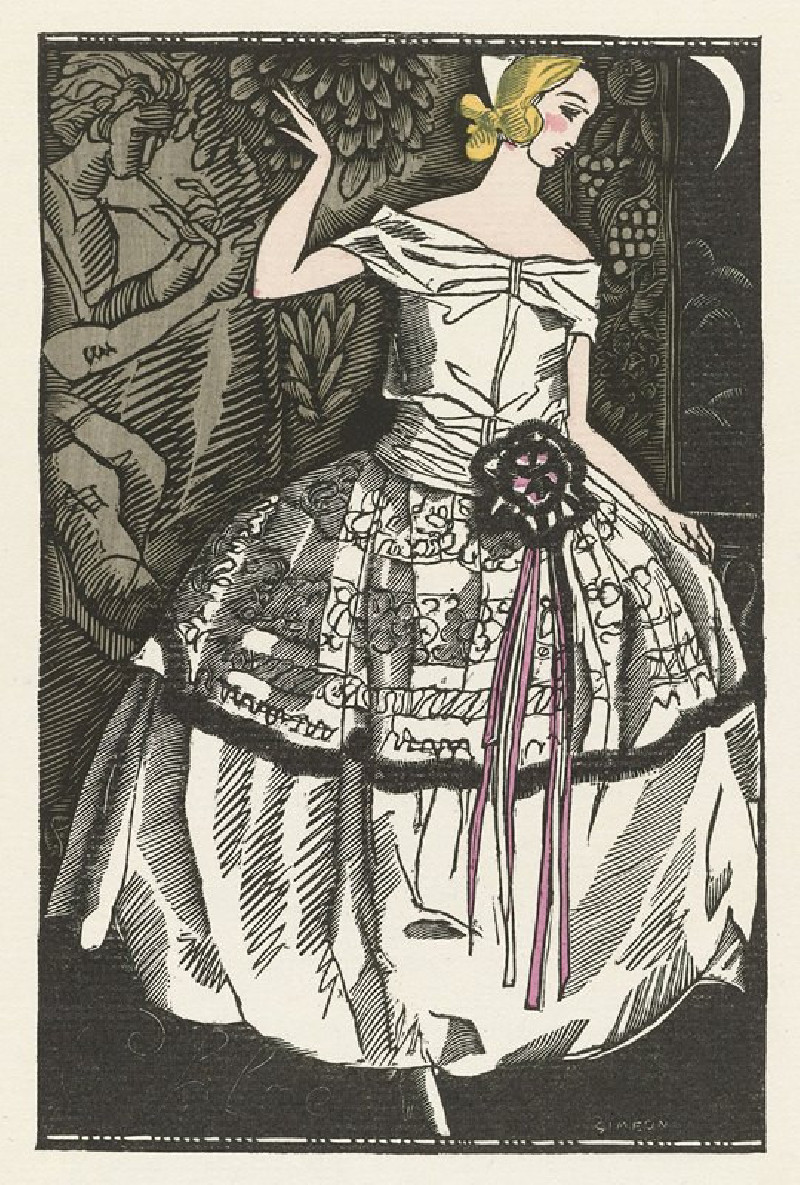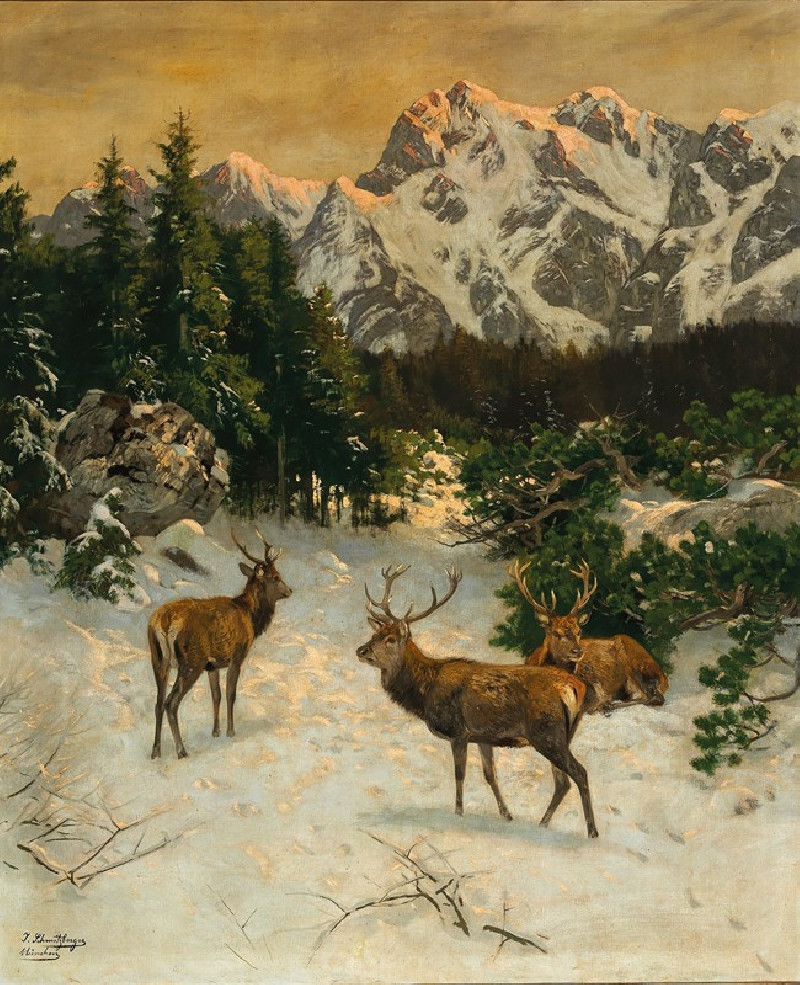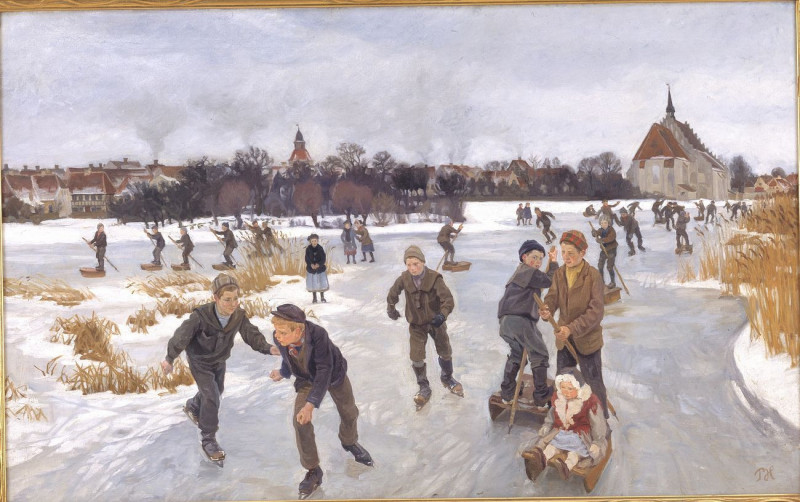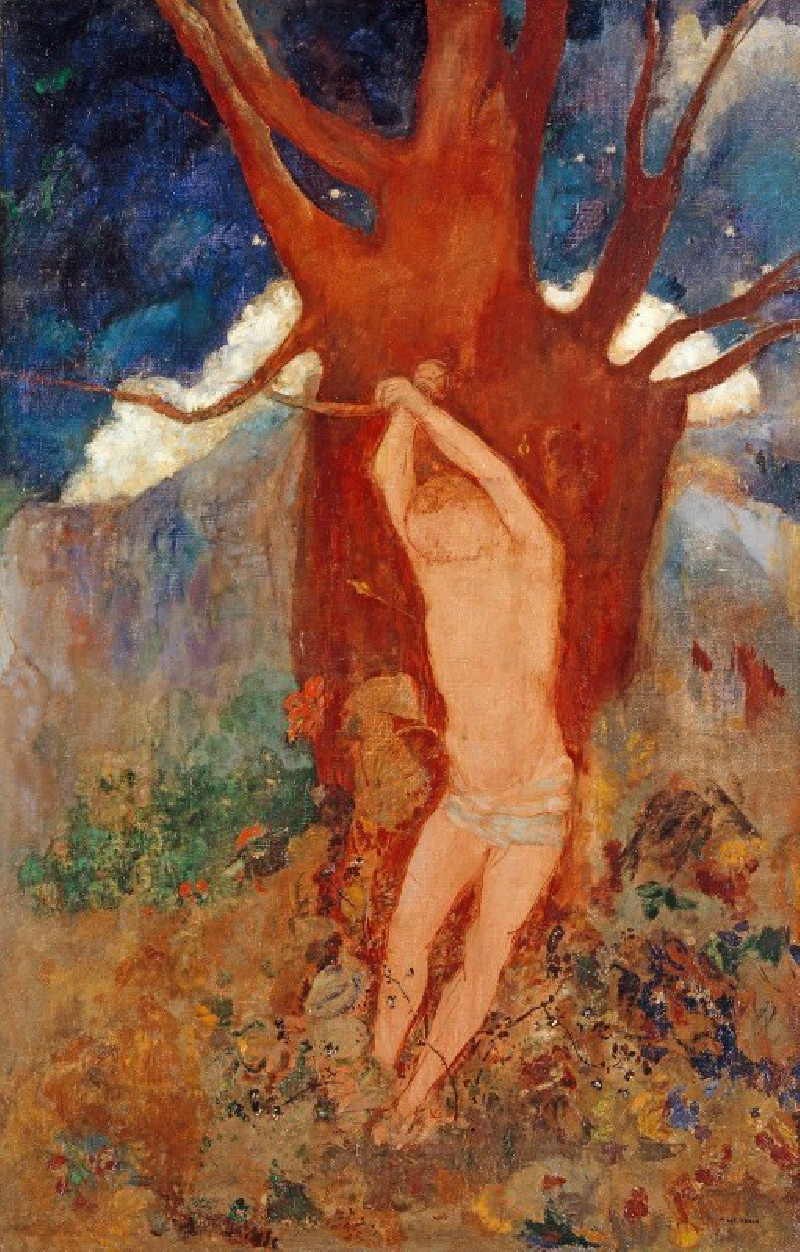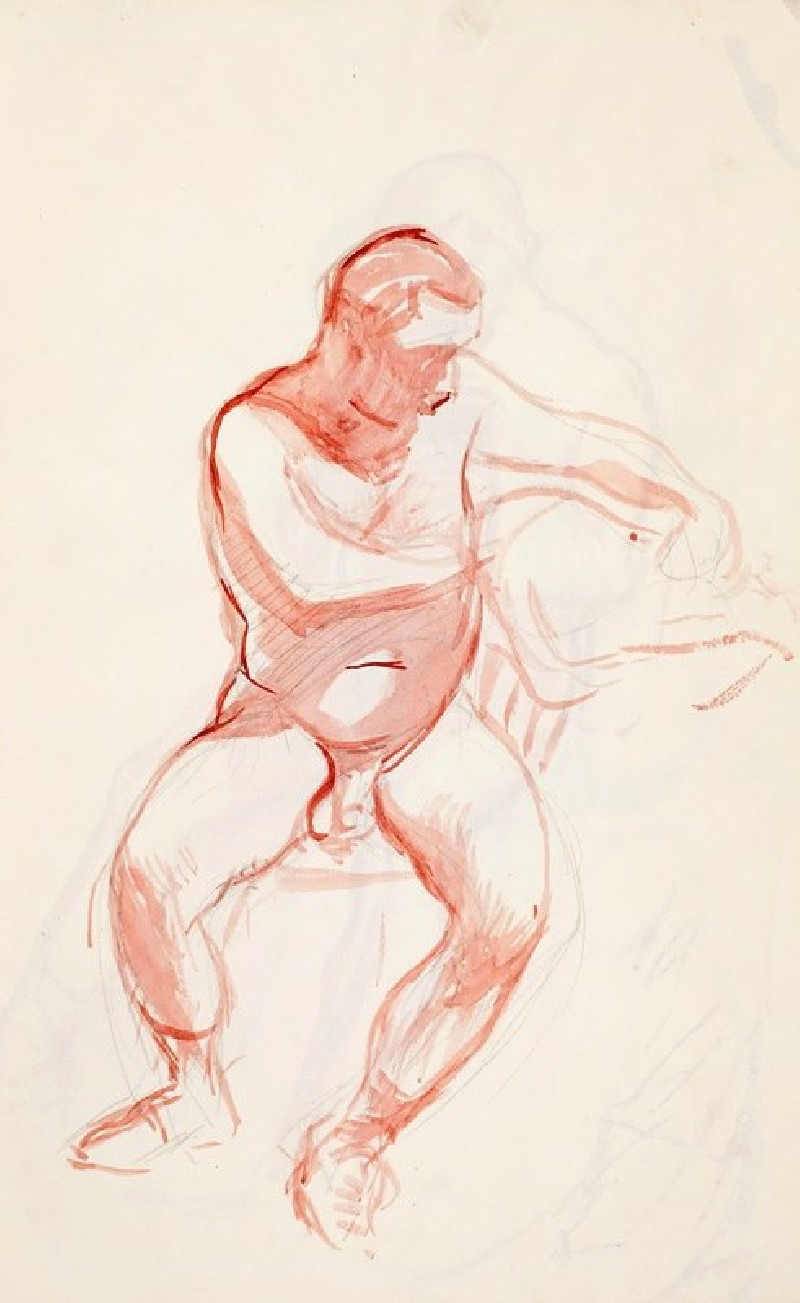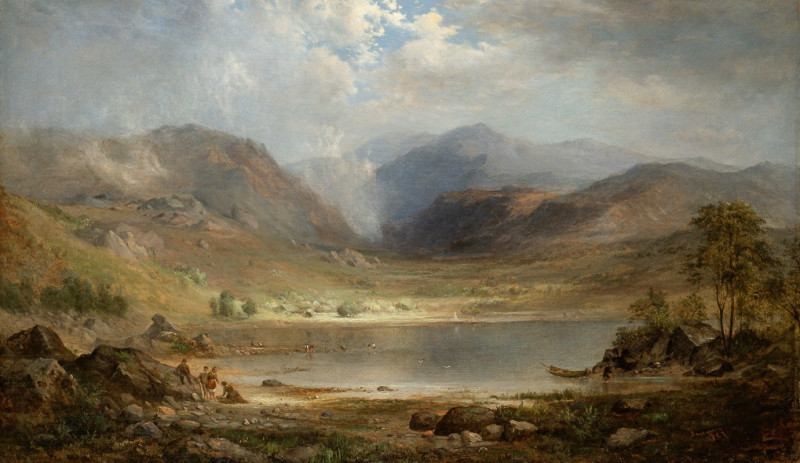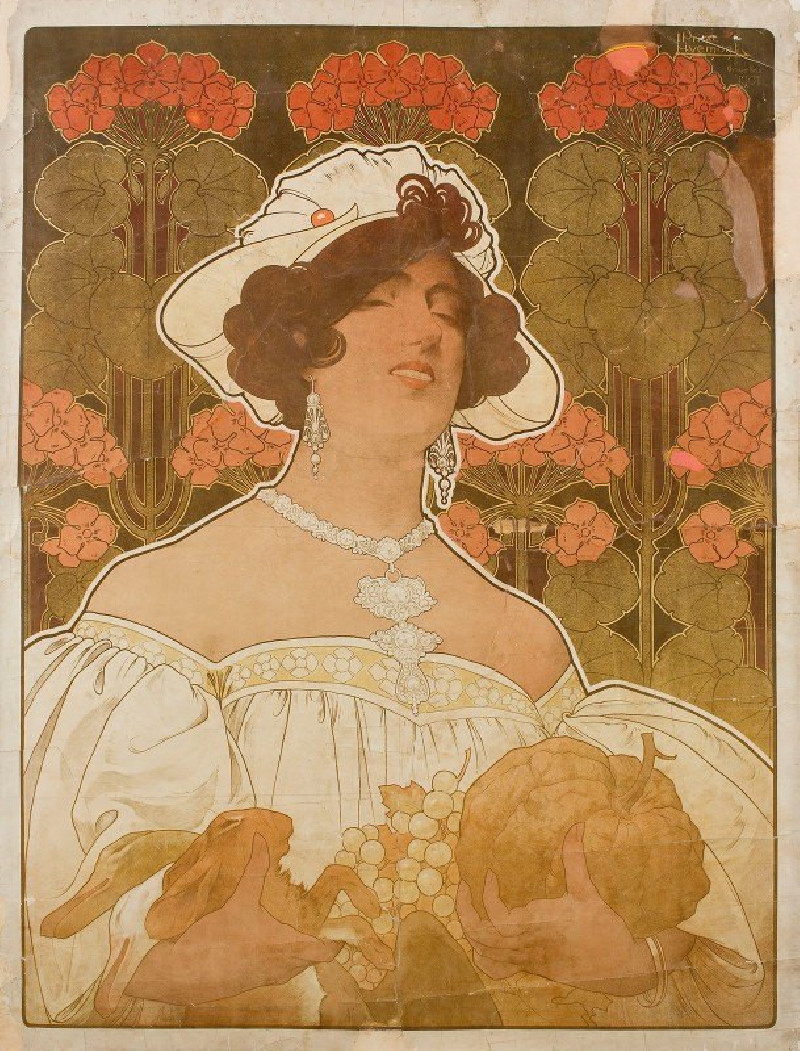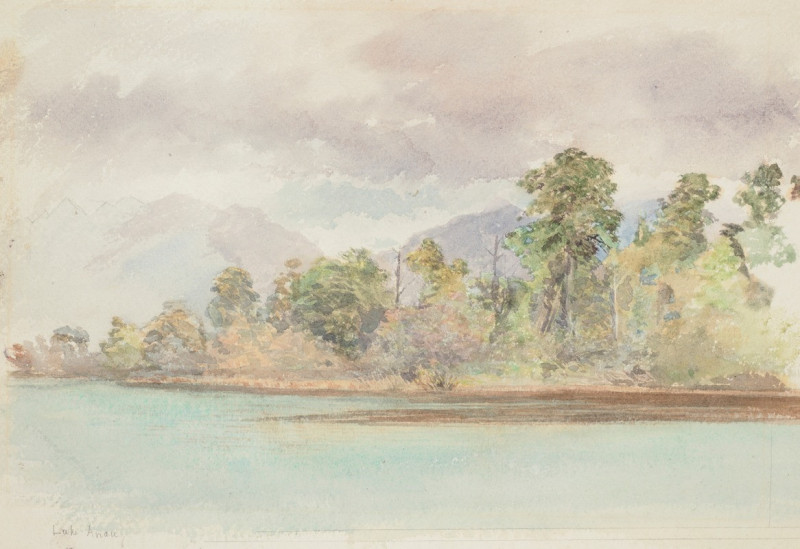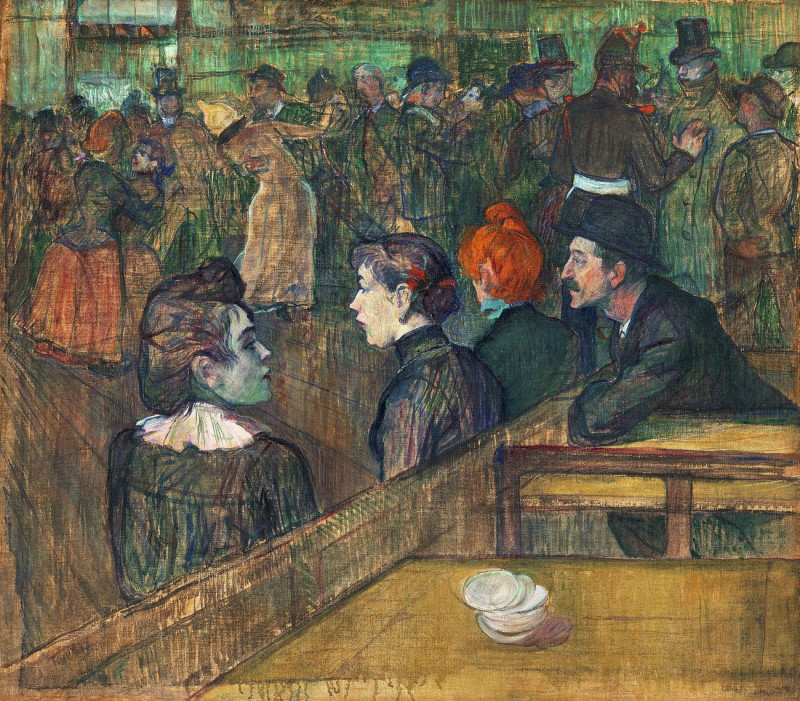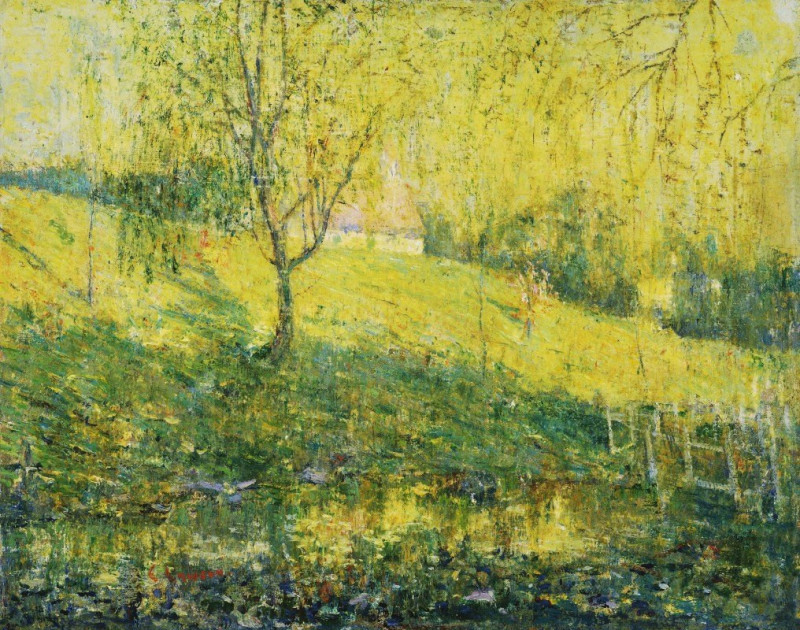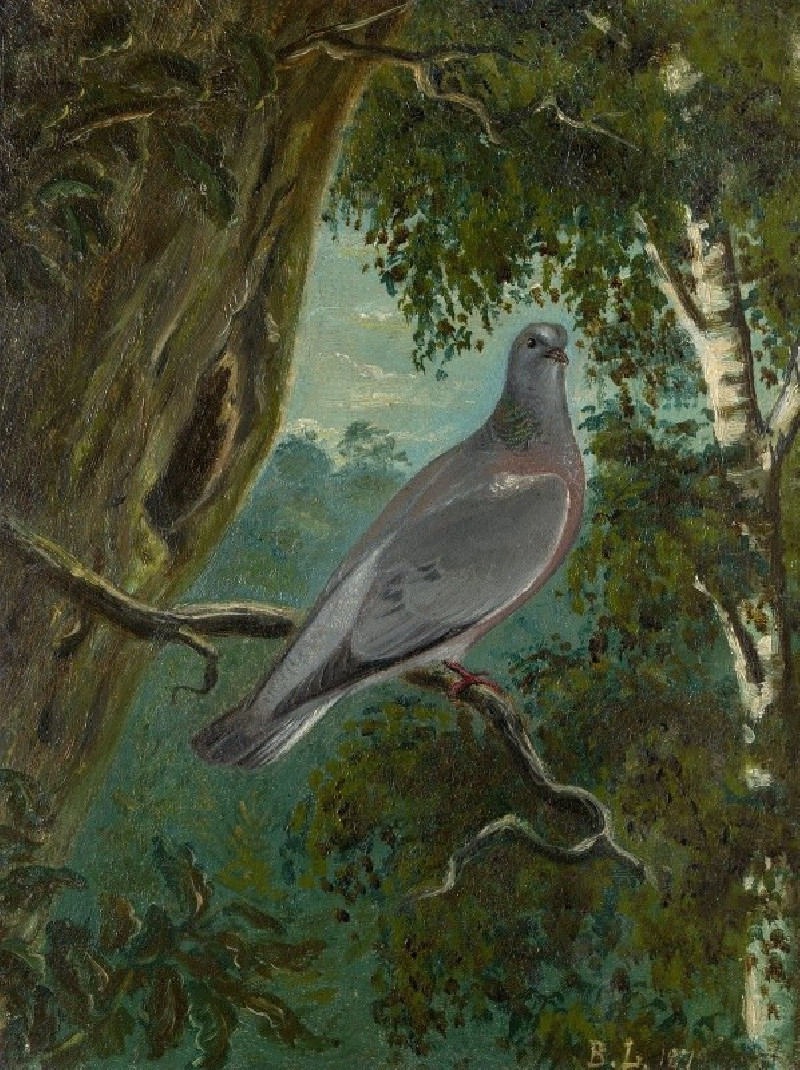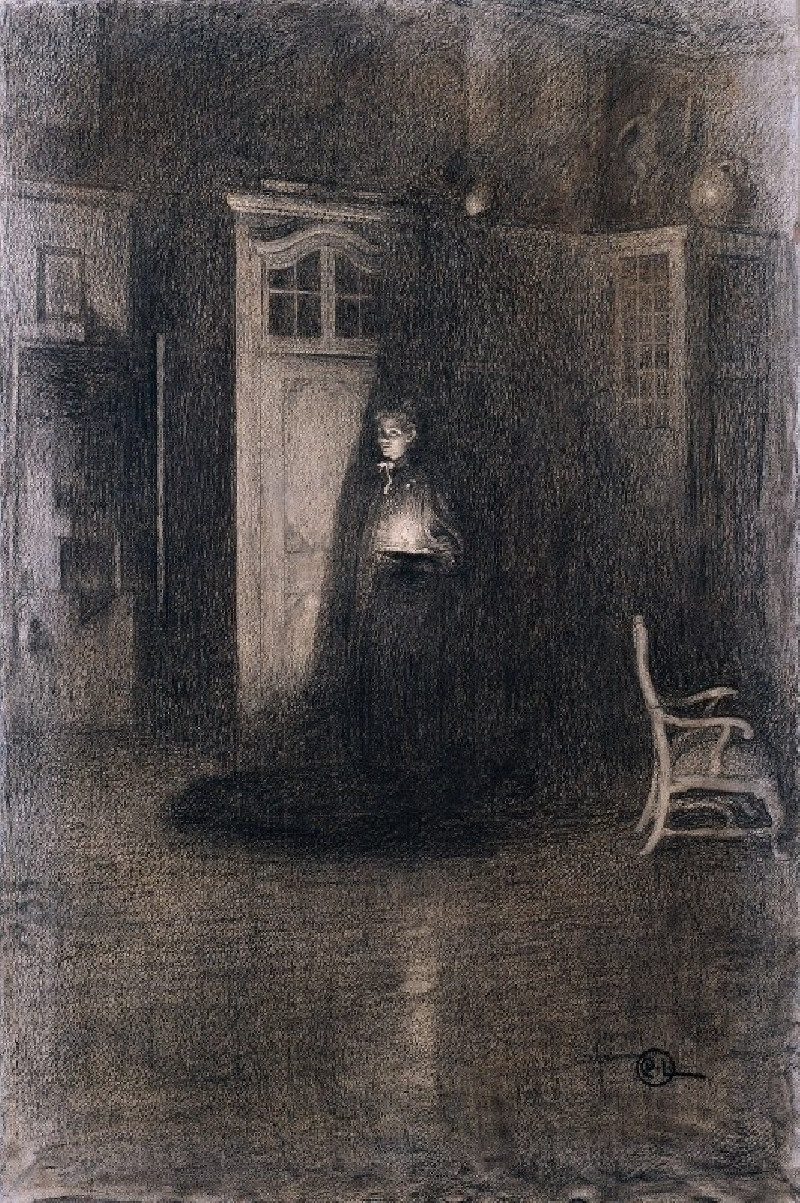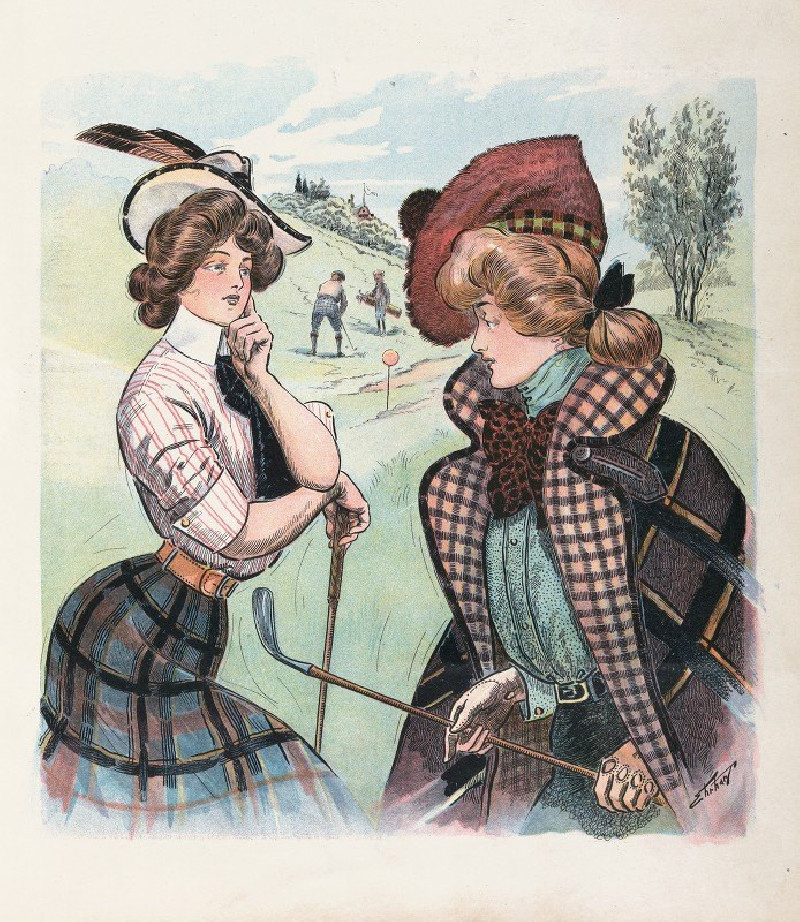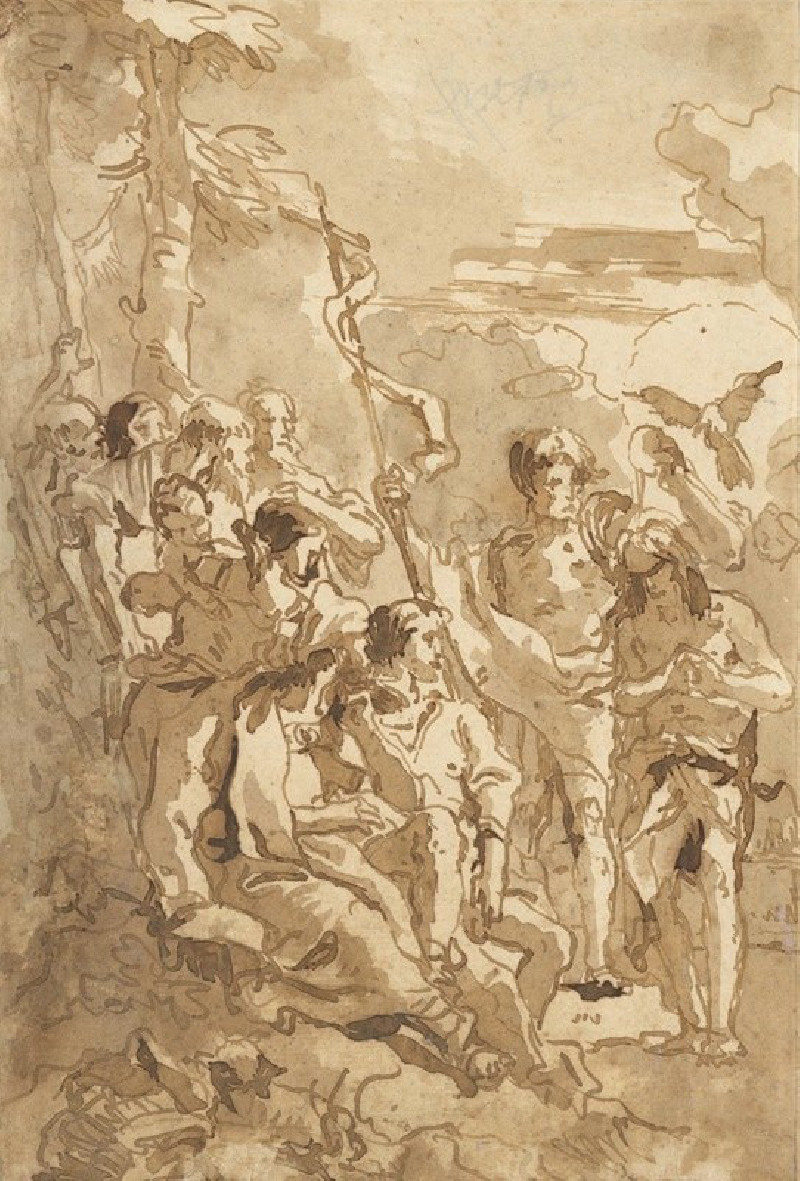Zwei weibliche Akte (1926-1928)
Technique: Giclée quality print
Recommended by our customers
More about this artwork
Discover the vivid expressionism of Ernst Ludwig Kirchner's "Zwei weibliche Akte" (Two Female Nudes), painted between 1926 and 1928. This captivating watercolor showcases Kirchner’s bold use of color and form to convey emotion and movement.In this work, two abstracted female figures emerge from the canvas in a fluid interplay of lines and vibrant tones. The figure on the left is depicted in soft, earthen yellow, bending elegantly with a contemplative gesture, her face marked by Kirchner's characteristic sharp contours and swaths of deep green and black. Meanwhile, the figure on the right bursts forth with contrasting hues of bright green and pink, her posture and expression adding a dynamic tension to the composition.The background is an almost dreamlike array of mixed colors and shapes that seem to signify a lively, organic landscape, perhaps reflective of the inner landscape of the figures or the emotional atmosphere of the scene.Kirchner's piece is a prime example of how he deviated from naturalistic depictions, instead seeking to capture the essence and rhythm of human form through expressionist techniques.
Delivery
Returns
Ernst Ludwig Kirchner (1880–1938) was one of the most important German Expressionist painters. He was a co-founder of Die Brücke, a group of German expressionist artists formed in Dresden in 1905. Die Brücke and Kirchner took inspiration from Vincent Van Gogh and Edvard Munch, as well as African and Oceanic art. They used woodblock printing as a medium to showcase their signature style: flat, unrealistic images with vivid colors. The recurring themes in Kirchner's artworks included exotic cultures, faraway landscapes, self-portraits, dancers and Berlin street life. His paintings and prints effectively portrayed non-European cultures despite the fact that he never traveled outside of Europe.
































